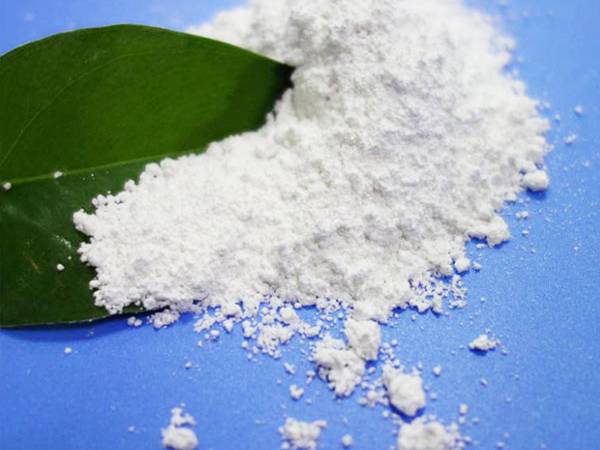



Chemicals Involved in Effluent Treatment Processes and Their Applications
Chemicals Used in Effluent Treatment Plants (ETPs)
Effluent Treatment Plants (ETPs) play a crucial role in mitigating the environmental impact of industrial waste. These facilities are designed to treat wastewater before it is released back into the environment or reused in various applications. A wide array of chemicals is utilized in ETPs to effectively treat and purify wastewater, ensuring compliance with environmental regulations.
Chemicals Used in Effluent Treatment Plants (ETPs)
Next, disinfection is a critical stage in the ETP process. The primary goal is to eliminate pathogenic microorganisms that may pose a risk to public health. Common disinfectants include chlorine, chloramines, ozone, and ultraviolet (UV) light. Chlorine is frequently used due to its effectiveness; however, it can form harmful by-products like trihalomethanes. As a result, alternative disinfection methods, such as ozone treatment and UV light, are gaining popularity due to their efficiency and reduced environmental footprint.
what are the chemicals used in etp

In addition to coagulation and disinfection, ETPs often employ pH adjustment chemicals. Maintaining the correct pH level is vital for optimizing the performance of various treatment processes. Chemicals such as sulfuric acid or sodium hydroxide are commonly used for pH adjustment. Acidic or alkaline conditions can significantly influence the solubility of contaminants and the overall efficiency of the treatment process.
Another key category of chemicals used in ETPs is oxidizing agents. These agents, such as hydrogen peroxide and potassium permanganate, help in breaking down complex organic compounds, making them easier to treat biologically. Oxidizing agents facilitate the removal of color and unpleasant odors from the wastewater, contributing to a more environmentally friendly effluent.
Moreover, nutrient removal chemicals are crucial in addressing nitrogen and phosphorus in wastewater, which can lead to eutrophication in receiving water bodies. Chemicals such as ammonium sulfate and phosphates are sometimes added to foster biological processes that remove these nutrients. Furthermore, in advanced wastewater treatment systems, advanced oxidation processes (AOPs) can be implemented with oxidizing agents to treat more resilient contaminants.
In conclusion, the effective treatment of wastewater in Effluent Treatment Plants relies on a diverse range of chemicals, each serving a specific function in the treatment process. Coagulants, disinfectants, pH adjusters, oxidizing agents, and nutrient removal chemicals are all integral to ensuring that wastewater meets environmental standards upon discharge. As new environmental challenges arise, continuous research and innovation in chemical treatment methods will be essential for developing more efficient, sustainable, and environmentally friendly wastewater treatment solutions. Through these advancements, ETPs can continue to play a vital role in protecting our water resources and promoting public health.
-
Why Sodium Persulfate Is Everywhere NowNewsJul.07,2025
-
Why Polyacrylamide Is in High DemandNewsJul.07,2025
-
Understanding Paint Chemicals and Their ApplicationsNewsJul.07,2025
-
Smart Use Of Mining ChemicalsNewsJul.07,2025
-
Practical Uses of Potassium MonopersulfateNewsJul.07,2025
-
Agrochemicals In Real FarmingNewsJul.07,2025
-
Sodium Chlorite Hot UsesNewsJul.01,2025










